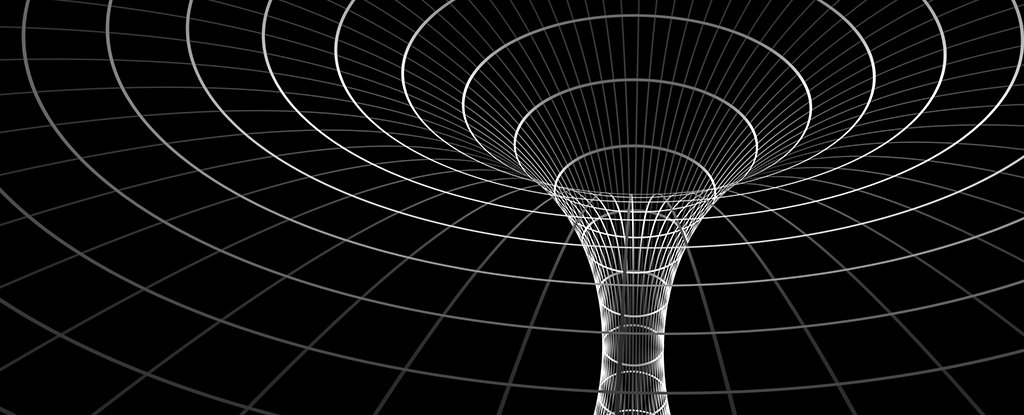The general theory of relativity (or general relativity for short) is a major building block of modern physics. It explains gravity based on the way space can ‘curve’, or, to put it more accurately, it associates the force of gravity with the changing geometry of space-time.
History of general relativity
Albert Einstein settled on his ‘general’ theory in 1915, a decade after he came up with a ‘special’ theory of relativity that applied a universal speed of light to the assumption that the laws of physics stay the same inside any given frame of reference.
When Einstein tried to apply accelerating masses to his special theory, he realised objects with mass must somehow influence the surrounding dimensions (space-time) in such a way that the object seems to act as if it can pull on other masses.
It’s as if matter weighs down the fabric of spacetime it is sitting in, creating a ‘curve’ that causes other nearby matter to slide towards it.
Importance of general relativity
The mathematical equations of Einstein’s general theory of relativity, tested time and time again, are currently the most accurate way to predict gravitational interactions, replacing those developed by Isaac Newton several centuries prior.
As useful as they are, so far we don’t have an equivalent in quantum field theories due to significant incompatibilities. For example, quantum mechanics has ways to take concepts like infinity into account, but if we try to do the same with general relativity, the maths gives rise to predictions that make no sense.
Developing a quantum physics ‘version’ of general relativity remains an ongoing goal of modern physics.
All topic-based articles are determined by fact checkers to be correct and relevant at the time of publishing. Text and images may be altered, removed, or added to as an editorial decision to keep information current.





